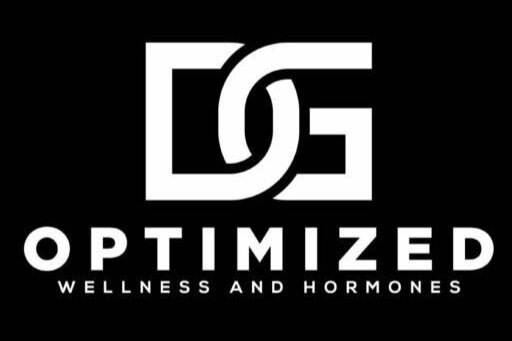Our Genes and the Western Diet
As we look around us, the advancement of technology, globalization, and rapid societal changes often paint a picture of progress. But underneath this façade of development, lies a story of evolutionary discord. Our genetic makeup, shaped over millennia, is now at odds with the lifestyles we've embraced in the blink of an evolutionary eye. Let’s delve into this intriguing intersection of ancient genes and modern diets.
The Background: Our Ancient Blueprint
Humans have been on Earth for a considerable amount of time, and for most of that period, we were hunter-gatherers. Our genes evolved to support a lifestyle that revolved around this dynamic of hunting and gathering—a pattern set in motion well over 10,000 years ago. Now, in evolutionary terms, 10,000 years is a mere drop in the ocean. But in that tiny window of time, we've made leaps that our genetics haven't quite caught up to.
The initiation of agriculture and animal husbandry marked a profound shift in our dietary and lifestyle habits. While these shifts allowed us to grow as civilizations, building communities and cultures, they also introduced drastic changes faster than our genes could adapt.
The Great Collision: Diseases of Civilization
As our lifestyles transformed with the dawn of agriculture and then sped up with industrialization, we began to see the emergence of what many term as 'diseases of civilization.' From obesity to cardiovascular ailments, these diseases seem to be more prevalent in Western societies.
But why? The answer lies in the profound alterations these societal shifts brought to our food. Seven crucial nutritional aspects of our ancestral diets have changed dramatically:
Glycemic Load: Modern foods, especially processed ones, tend to have higher sugar content, leading to a greater spike in our blood sugar levels.
Fatty Acid Composition: The balance between Omega-3 and Omega-6 fatty acids has been skewed, favoring the latter in our contemporary diets.
Macronutrient Composition: Our ancestors consumed a varied ratio of proteins, fats, and carbohydrates. Modern diets lean heavily towards carbs, especially refined ones.
Micronutrient Density: While our plates may be full, they often lack the vitamins and minerals essential for optimal health.
Acid-Base Balance: Processed foods tend to be more acidic, which can affect the pH balance in our bodies.
Sodium-Potassium Ratio: High salt content in processed foods paired with decreased potassium intake from fruits and vegetables has disturbed this vital balance.
Fiber Content: With a decline in whole foods and an increase in processed ones, our diets have seen a significant drop in fiber content.
Each of these changes, in isolation, might have had modest effects. But combined, they've created a storm. Our ancient genome, a product of evolution, finds itself in a collision course with these newfound nutritional traits. And the wreckage? The chronic diseases that plague our modern societies.
In Conclusion: Bridging the Gap
Awareness is the first step towards change. Understanding the rift between our genetic expectations and our contemporary lifestyles allows us to make conscious choices. It’s not about shunning progress but about harmonizing it with our intrinsic nature. By reevaluating and adjusting our diets and lifestyles, we can hope to bridge the evolutionary gap and pave the way for healthier futures.
Loren, C., et. al. 2005. The American Journal of Clinical Nutrition. 81(2): 341-354.
Clearly our focus is on health and helping our clients understand that they have to make changes to help the newly balanced hormone environment work toward our advantage! Jason & Rita...aka Dr. De Leon and Dr. Gillespie.
